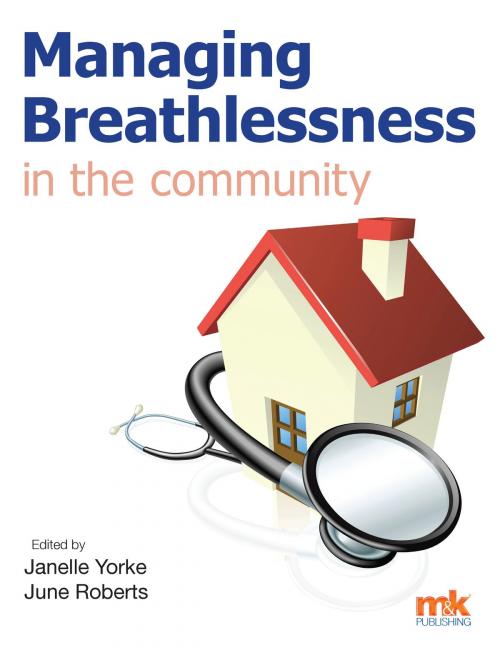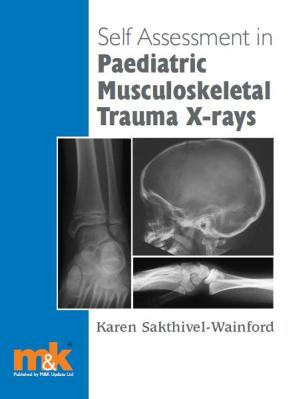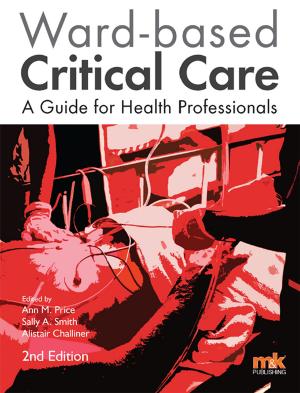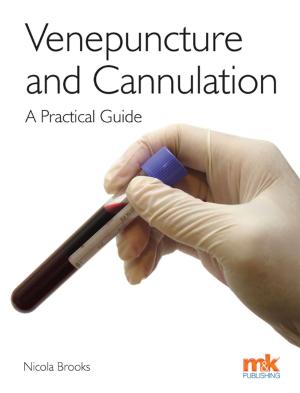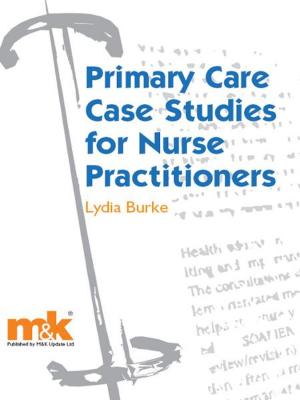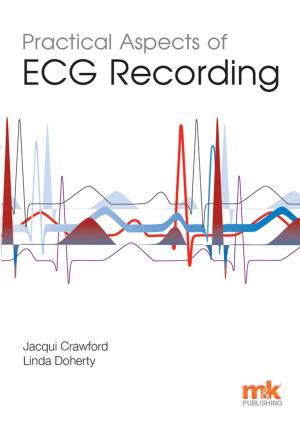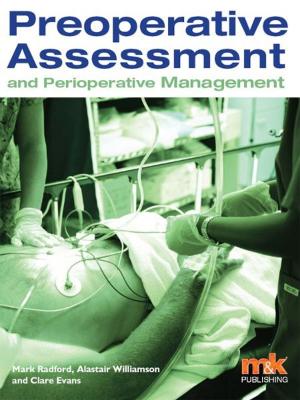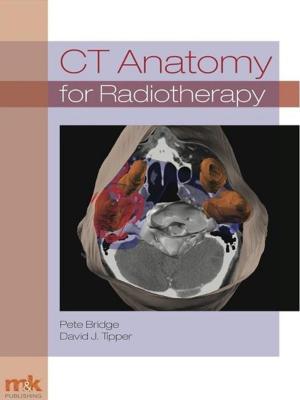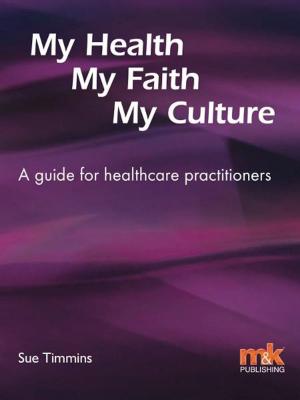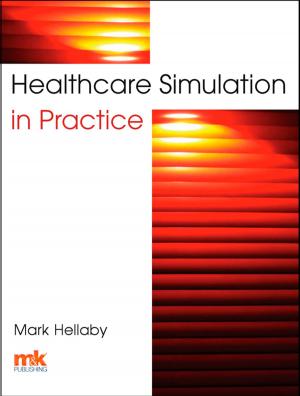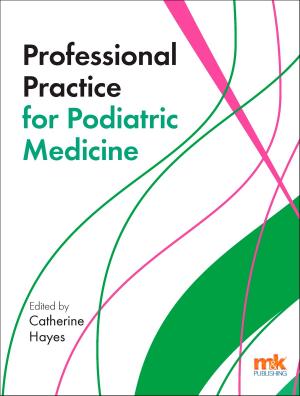Managing Breathlessness in the Community
Nonfiction, Health & Well Being, Medical, Fiction & Literature| Author: | Dr Janelle Yorke, June Roberts | ISBN: | 9781907830631 |
| Publisher: | M&K Update Ltd | Publication: | August 1, 2013 |
| Imprint: | M&K Publishing | Language: | English |
| Author: | Dr Janelle Yorke, June Roberts |
| ISBN: | 9781907830631 |
| Publisher: | M&K Update Ltd |
| Publication: | August 1, 2013 |
| Imprint: | M&K Publishing |
| Language: | English |
Managing breathlessness is an important and often difficult task, especially when dealing with patients in their own homes. The causes of breathlessness may be physiological, pathological, or both; and patients may be suffering from more than one condition at the same time. This makes it a challenge to ensure that the best and most effective form of treatment is provided, according to each patients particular needs.Written by experts in the field, Managing Breathlessness in the Community mainly focuses on four conditions (chronic obstructive pulmonary disease, heart failure, interstitial lung disease and pulmonary hypertension) in which breathlessness is a key and often distressing symptom. The authors also discuss common breathlessness management techniques that are relevant to all patients, regardless of their underlying condition.Aimed at community healthcare workers, this book applies the lessons of clinical research and practice to a wide range of breathlessness interventions, from activity and fitness to pharmacological treatments, rehabilitation, oxygen therapy and patient-specific support. It will be useful to the many practitioners who see breathless patients in their day-to-day practice and have a desire to improve the experience and clinical care that they receive.
Managing breathlessness is an important and often difficult task, especially when dealing with patients in their own homes. The causes of breathlessness may be physiological, pathological, or both; and patients may be suffering from more than one condition at the same time. This makes it a challenge to ensure that the best and most effective form of treatment is provided, according to each patients particular needs.Written by experts in the field, Managing Breathlessness in the Community mainly focuses on four conditions (chronic obstructive pulmonary disease, heart failure, interstitial lung disease and pulmonary hypertension) in which breathlessness is a key and often distressing symptom. The authors also discuss common breathlessness management techniques that are relevant to all patients, regardless of their underlying condition.Aimed at community healthcare workers, this book applies the lessons of clinical research and practice to a wide range of breathlessness interventions, from activity and fitness to pharmacological treatments, rehabilitation, oxygen therapy and patient-specific support. It will be useful to the many practitioners who see breathless patients in their day-to-day practice and have a desire to improve the experience and clinical care that they receive.
